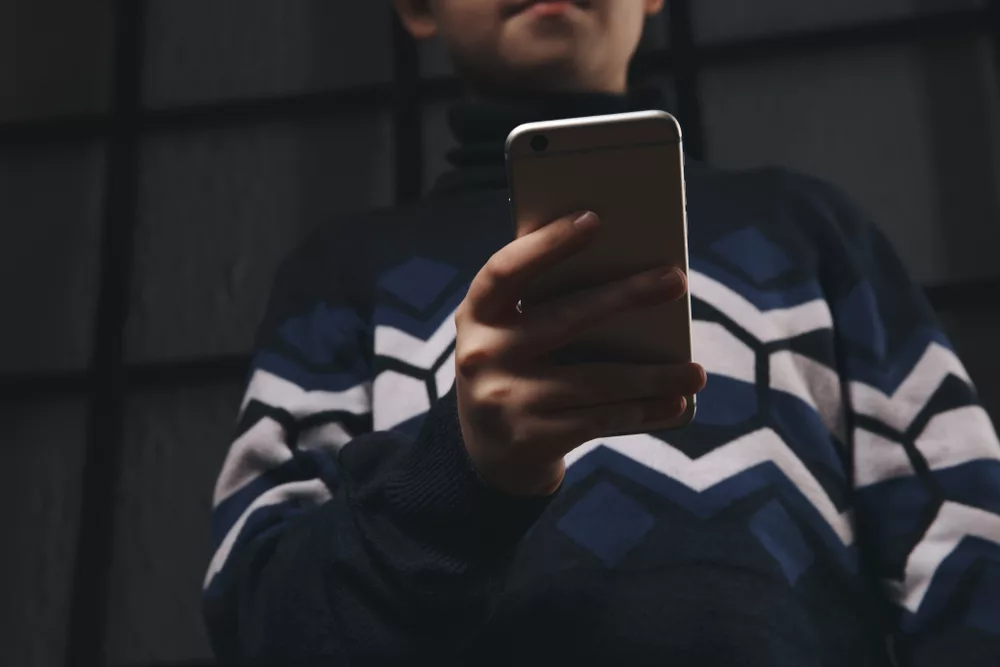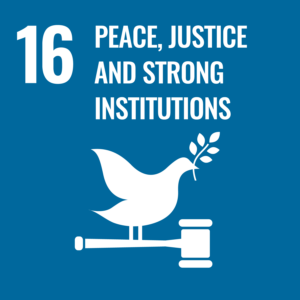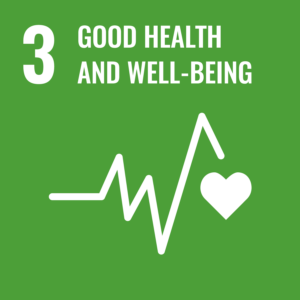
Easy access to virtual social space has seen young people face dangers of cyberbullying, sextortion and online victimisation. Many primary schools have taken steps to ban smartphones on school grounds, following the launch of government guidelines on restrictions of smartphone use among young people. According to Assistant Professor of Psychology, Dr Mairéad Foody, research is key in informing quality prevention and intervention among schools, parents and guardians.
Meadhbh McNutt: How important is research and education in preventing online victimisation among young people?
Dr Mairéad Foody: It is extremely important! Research has the power to inform high quality prevention and intervention efforts in schools. We know, for example, that bullying behaviours change with age where more overt and physical bullying is associated with primary school, but more covert and indirect bullying and cyberbullying becomes more common in post-primary school.
In Ireland, the rate of bullying is around 25% and this drops to approximately 10% for cyberbullying alone. We also know that there can be a gender element where physical bullying is more prevalent among boys but relational bullying (e.g., spreading rumours about someone) is more common for girls. In terms of impact, the literature is clear that bullying and cyberbullying can have a devastating psychological impact on young people. It has been associated with higher rates of anxiety and depression, as well higher school dropout rates and early school leaving, unfortunately.
Research can also remind us of important things in our lives. For example, other research I have been involved in has suggested the importance of friendships in ‘buffering’ the negative impact of cyberbullying experiences. It might not prevent victimisation, but having a good social network can sometimes increase a person’s resilience to stressful situations.
Regardless of the location (online or offline), preventing victimisation of our young people is best done with a whole-community approach. This involves all members of the school community from admin staff to teachers, to tutors, principals, students and parents, in efforts to tackle bullying and harassment. That said, research involving all of these stakeholders (and not just the young people themselves) is also essential, so that they have the necessary skills and strategies to deal with it in an effective manner.
MM: Some of the sub-goals of (UN Sustainable Development Goals) SDG 16 include preventing violence, abuse and exploitation. Which issues in particular call for urgent action in your view?
MF: It is difficult to say that one sub-goal is more important than another when they are all generally working towards improving the lives of children. As you mentioned, SDG 16.2 relates specifically to the reduction in violence against, and exploitation of, children and teenagers. Dangers in digital and online environments fall within this remit and my work has focused on the negative impact of cyberbullying and image-based abuse of teenagers. Such negative experiences are far-reaching, and examples include unwillingly receiving images of a sexual nature or having personal images shared online without one’s consent. I do think this area needs urgent attention in terms of research and policy, especially given recent developments in Artificial Intelligence. For example, there have been cases recently in Europe of bullies using AI to create nude pictures of young girls and sharing them on social media. I worry that AI could be used to target more victims in the future and think it is an area requiring urgent regulation.
MM: What are some of the key factors slowing down progress in these areas?
MF: I think we still approach the issue of online victimisation through a victim-blaming lens. Society can still be a very unfair place for young girls in particular, and despite some positive developments in many cases, they are often held accountable for their own victimisation. In addition, many of our efforts to help end up placing more responsibility on the victims which further feeds the problem. This is particularly true of image-based abuse where prevention efforts are focused on stopping young people from sharing images. While these are worthwhile, they often fail to have a long-lasting effect because they haven’t focused on the perpetrators.
MM: We have seen a soar in ‘sextortion’ cases in recent years. Can you give us an idea of the scale of this issue and its impact on mental health & wellbeing, particularly among young people?
MF: Sextortion relates to threats to distribute intimate images or videos of an individual if they don’t comply with the demands of the perpetrator. These demands are sometimes financially motivated or in some cases, a way of seeking more intimate images and videos and/or further sexual interactions. Investigations into sextortion in adolescent populations are only starting to emerge in the psychology literature and one recent study by Gámez‐Guadix and colleagues in Spain reported a prevalence rate of 2.6% for victimisation. This is thankfully lower than the rates of cyberbullying and bullying but still an important issue when you consider the negative impact such an event can have on young people’s mental health.
MM: What are we still getting wrong in our approach to online safety?
MF: I sometimes wonder if online safety campaigns are often too focused on teenagers and young adults specifically. Online safety should be something every member of society knows about, as it has implications for preventing fraud and other cybercrimes. I also think, in terms of image sharing, that adults could be better role models. For example, we rarely ask each other’s consent to share their images and yet we tell young people they should do it with highly sensitive photos – photos that they are probably embarrassed to talk about, never mind ask permission! How many times have you been in a WhatsApp group where someone has shared a video or a picture of someone that they might not even know? I think all members of our society, not just teenagers, need to be more responsible when it comes to the images and videos we share.
MM: How do you deal with the emotional charge of issues such as cyberbullying and online victimisation, given the time you commit to your research and the difficult conversations involved?
MF: Thank you for asking that question – it isn’t one I have been asked before. For some research studies, I have had to read literature on child sexual exploitation and that really is a difficult space to work in. It is very hard not to become emotional when you think about child victims of sexual abuse and exploitation. I guess I believe in the power of research in that it can be used as a vehicle to create positive change in society. Research can be used to improve the lives of children; that is what keeps me motivated.

